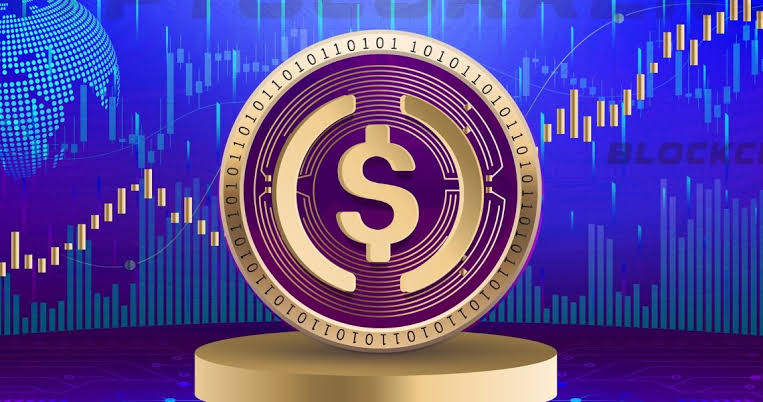
USDC’s International Surge, 70% Adoption Beyond US
Jeremy Allaire, the chief executive officer of Circle, estimates that up to 70% of USD Coin adoption occurs in countries other than the United States.
On August 8, Allaire tweeted to his 131,300 followers that the high rate of non-U.S. adoption was “despite the hype that we’re all about the US,” adding that Paolo Ardoino, chief technology officer of rival stablecoin issuer Tether, reiterated a similar non-U.S.focus for his company and stablecoin. Adding:
“We estimate that 70% of USDC adoption is non-US, and some of the fastest growing areas are emerging and developing markets.”
In February, he stated that USDT is “considered a safe tool for emerging markets and developing countries.”
Allaire’s remarks coincided with PayPal’s announcement that it would launch its USD-pegged stablecoin, PayPal USD (PYUSD).
Allaire congratulated the company and Paxos, adding that his remarks also coincide with a decline in USDC supply since the beginning of 2023 due to a decline in demand and an increase in redemptions.
Consequently, its stablecoin market share has decreased to 21%, with a total circulation of $26.1 billion. Allaire also remarked on USDC liquidity concerns on August 8, confirming that redemptions were outpacing issuance.
He stated, “During the past month, we issued $5 billion USDC and redeemed $6.6 billion USDC.”
Allaire added that Circle’s global banking and liquidity network was expanding and that the company was collaborating with “exceptional and high-quality banks in major regions around the world.”
“It’s incredibly exciting to see such a significant internet and payments company entering the stablecoin space. This is what happens when we start to get regulatory clarity.”
The firm’s Circle Reserve Fund held 93% of its portfolio in short-term U.S. Treasuries, overnight U.S. Treasury repurchase agreements, and cash, according to a transparency report published on August 3.
Circle reports that the remaining 7% consists of bank cash reserves. Circle announced at the beginning of June that it had been granted a Major Payment Institution license by the Monetary Authority of Singapore.





